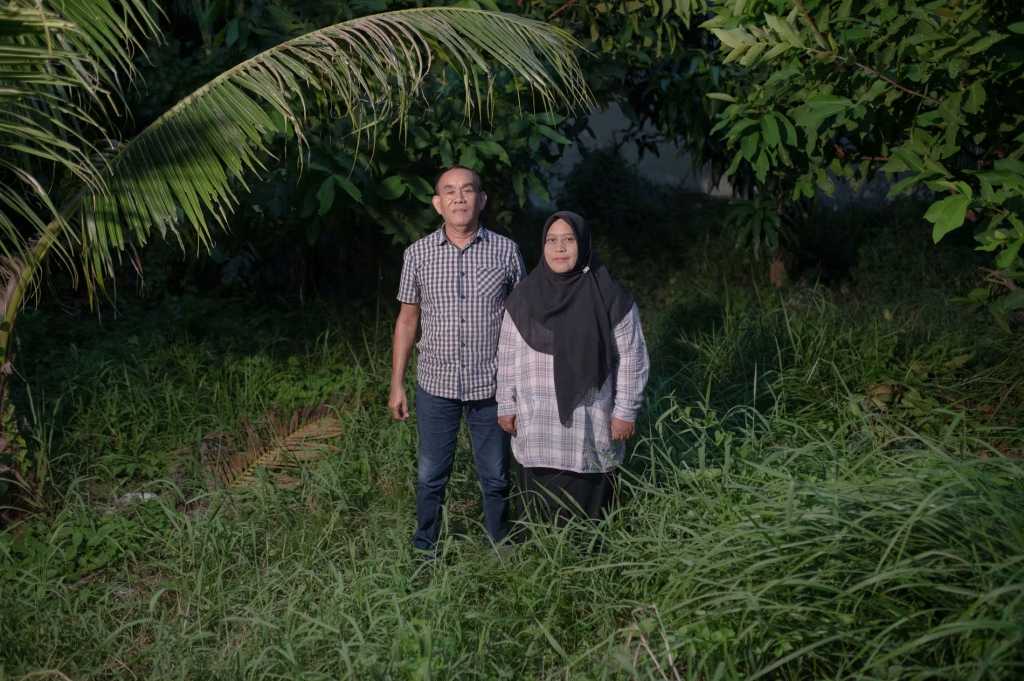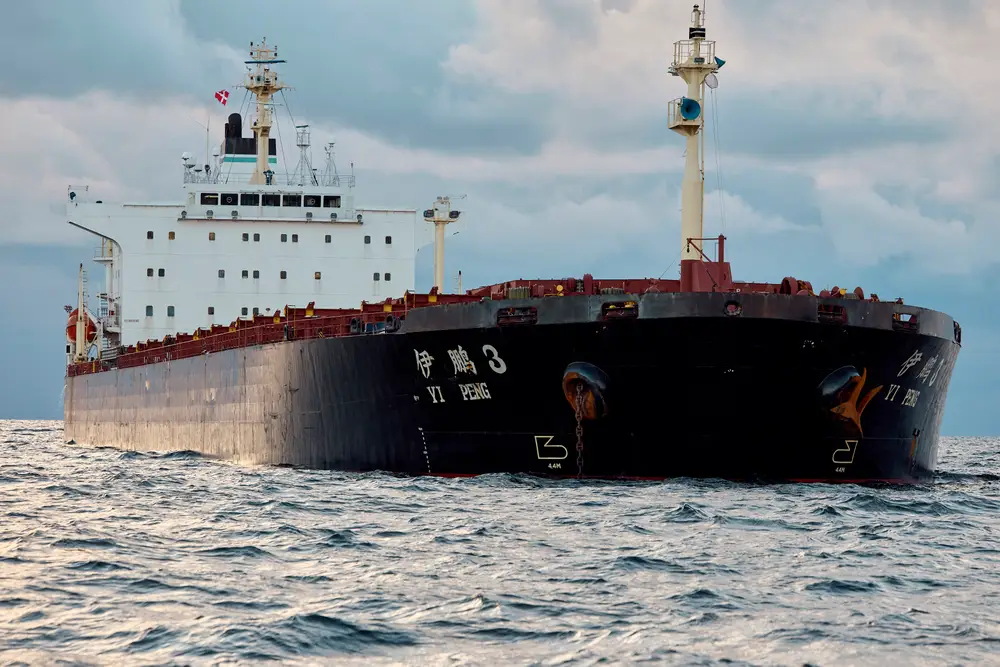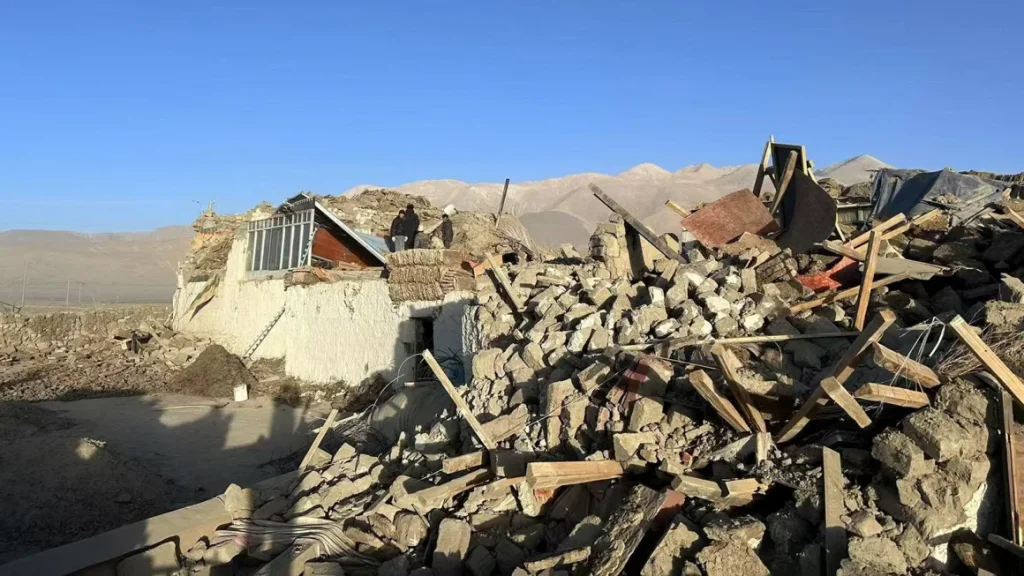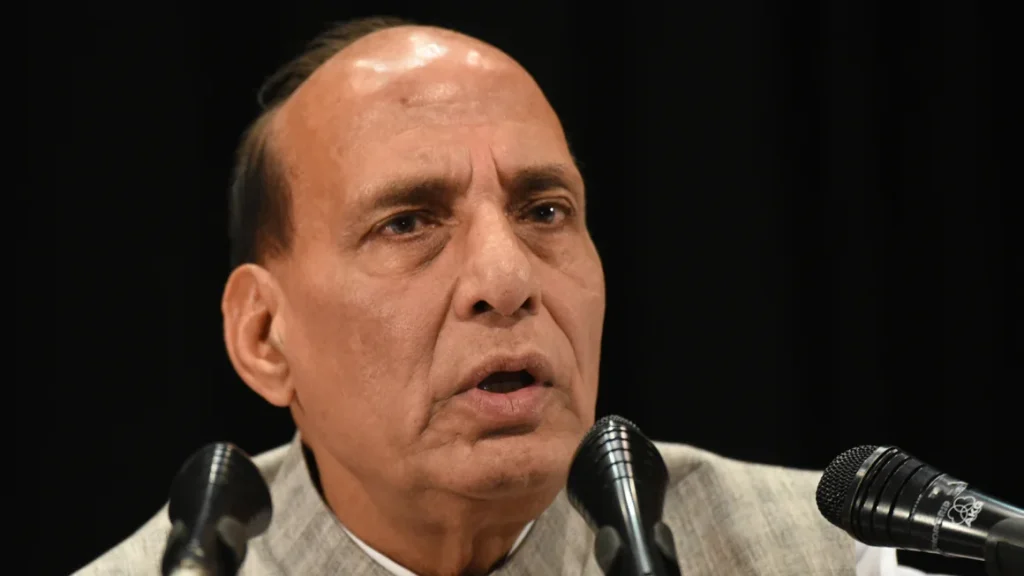Indian Ocean tsunami two decades ago left 230,000 dead and a lasting legacy

On December 26, 2004, one of the deadliest natural disasters in modern history struck the shores of the Indian Ocean. A massive undersea earthquake, measuring 9.1-9.3 on the Richter scale, triggered a devastating tsunami that ravaged coastal regions across Southeast Asia, South Asia, and East Africa. The tsunami claimed the lives of approximately 230,000 people, while millions more were left displaced, injured, and traumatized. The catastrophic event, now remembered as the 2004 Indian Ocean Tsunami, continues to leave a profound impact on the affected regions, influencing disaster preparedness, international cooperation, and environmental awareness.
The earthquake that sparked the disaster occurred off the west coast of Sumatra, Indonesia, and it sent towering waves crashing into coastal towns and cities with little warning. Indonesia, Sri Lanka, Thailand, India, the Maldives, and several other nations were hit hardest. Waves reaching heights of up to 100 feet swept away entire communities, leaving widespread devastation in their wake. The sheer scale of the tragedy left survivors in shock and grief, with entire families, villages, and cultures erased from existence.
As the tsunami struck, there was no early warning system in place for the region. The absence of such a system exacerbated the loss of life, as the waves arrived quickly and without the opportunity for evacuation or preparation. In the aftermath, many countries around the world mobilized aid to help with the rescue efforts, and global communities united to support those affected by the disaster.
Global Response and Humanitarian Aid
The aftermath of the Indian Ocean tsunami saw an unprecedented global response. International aid poured in from governments, humanitarian organizations, and individuals around the world, contributing to a massive relief operation. The United Nations and various non-governmental organizations (NGOs) played pivotal roles in delivering food, water, medical supplies, and temporary shelter to survivors. Countries like the United States, Australia, and Japan sent teams of rescue workers and financial assistance to the affected regions.
The generosity shown by countries and citizens worldwide was overwhelming, but the scale of the disaster posed significant challenges. In addition to addressing immediate needs, there were efforts to rebuild communities, restore livelihoods, and support the long-term recovery of affected regions. The reconstruction process was complex, requiring not only rebuilding physical infrastructure but also restoring social, economic, and emotional stability.
The Lasting Legacy of the Tsunami
Two decades after the tsunami, the legacy of the disaster is evident in the strides made in disaster preparedness and international cooperation. One of the most significant outcomes of the 2004 tsunami was the establishment of the Indian Ocean Tsunami Warning System. Before the tsunami, many countries in the region were unprepared for such an event, lacking systems to detect earthquakes or warn citizens about potential tsunamis. Following the disaster, countries in the region, with the support of the international community, worked to create a robust early warning system that could provide alerts to communities at risk, allowing for evacuations and other protective measures.
This system has been credited with saving countless lives during subsequent natural disasters. For example, in 2018, when a tsunami struck Indonesia again, the early warning systems put in place after the 2004 disaster played a key role in reducing the loss of life.
The legacy of the tsunami also includes major improvements in the way disaster response is coordinated globally. The event highlighted the need for countries to work together more effectively when facing large-scale natural disasters, and it prompted the formation of several global initiatives aimed at improving emergency response, relief efforts, and long-term recovery plans.
The Human Cost: Remembering the Victims
While the response to the disaster brought hope and solidarity, the human cost of the tsunami remains a somber reminder of the fragility of life. The death toll of 230,000 is still difficult to fathom, with each individual life lost contributing to the massive scale of suffering. Survivors faced immense challenges, from finding basic necessities like food and clean water to coping with the emotional and psychological scars left by the trauma.
The tsunami displaced millions of people, many of whom were forced to live in temporary shelters for extended periods. Entire families were wiped out, and thousands of children were left orphaned. The emotional toll of the disaster continues to be felt, as many survivors still struggle to come to terms with the loss of loved ones, homes, and communities.
In the years following the tsunami, memorials and remembrance ceremonies have been held across the affected regions to honor those who lost their lives. In Indonesia, the town of Banda Aceh, one of the hardest-hit areas, has become a focal point for reflection and remembrance. The Banda Aceh Tsunami Museum, dedicated to the victims of the 2004 disaster, serves as a place of education and a tribute to the resilience of the people who survived the calamity.
Reflection and Resilience
The 2004 Indian Ocean Tsunami was not only a tragedy of immense scale but also a powerful reminder of the vulnerability of coastal regions to natural disasters. In the years since, countries affected by the tsunami have worked to strengthen disaster resilience, building infrastructure that can withstand earthquakes, tsunamis, and other disasters. There has been a heightened awareness of the need to protect the environment, particularly coastal ecosystems like coral reefs and mangroves, which can act as natural barriers against the force of tsunamis and other extreme weather events.
Today, many of the affected countries have made remarkable progress in rebuilding their communities, and the resilience of the people in these regions is an enduring testament to the human spirit. Despite the devastation, the tsunami’s legacy also includes a renewed commitment to environmental conservation, better disaster preparedness, and stronger international cooperation.
As we mark the 20th anniversary of the Indian Ocean Tsunami, the world reflects on the lives lost and the lessons learned. The event forever changed the way the international community approaches disaster response and prevention, and its legacy continues to shape the future of humanitarian aid, disaster preparedness, and environmental stewardship. While the pain of the 2004 tragedy may never fully fade, the resilience of those affected, combined with the progress made in the aftermath, offers hope for a more prepared and united world in the face of future natural disasters.






